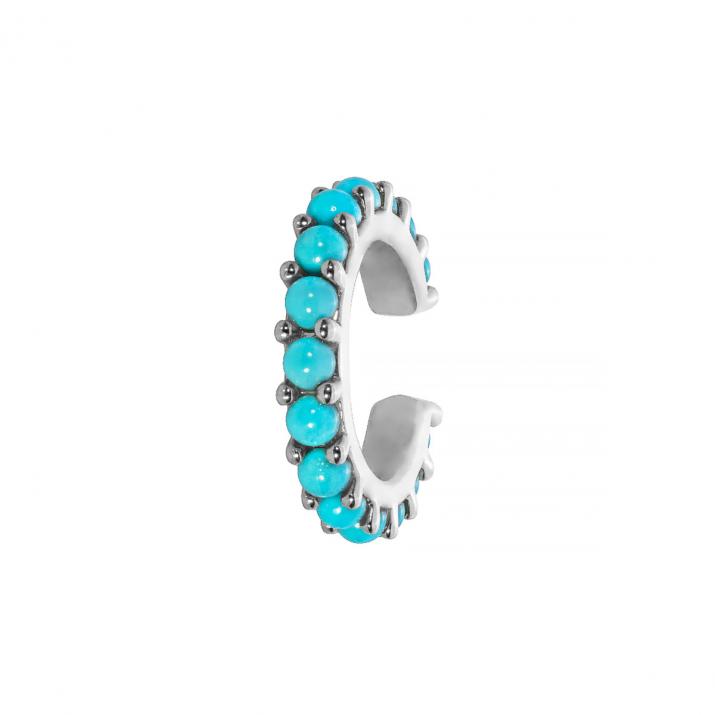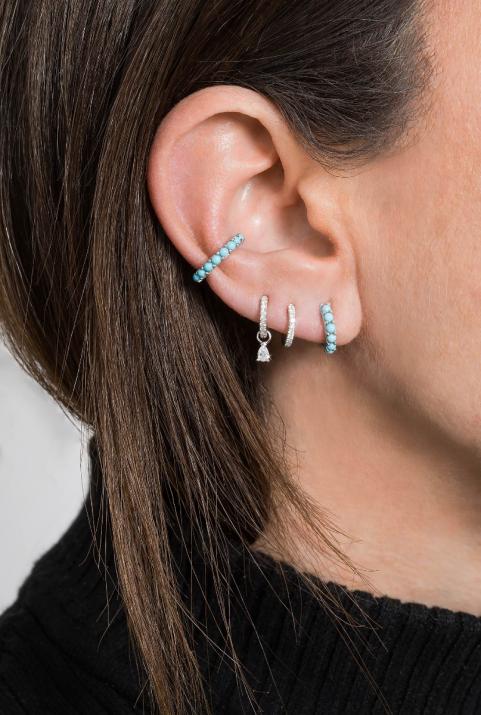Ear Cuff Si Joli Turquoise Ear Cuff Si Joli Turquoise Earring White Gold
-
Description
The Si Joli Turquoise Ear Cuff in white gold adds a vibrant pop of color to your outfit. This elegant turquoise ear cuff is adorned with soft tones of soothing blue, characteristic of the natural beauty of the turquoise stone. Its silhouette delicately follows the contour of your ear, creating perfect harmony with this legendary gem. A bold symbol of style and color, the Si Joli Turquoise Ear Cuff in white gold highlights your uniqueness while celebrating the tradition and significance of the turquoise stone in fashion and culture.
- Carats
- 0.038
- Gold weight
- 19.7000g
- Reference
- 911f B
-
Care instructions
RedLine jewelry are infallibly ultra-resistant and exclusively designed for day-to-day wear. These jewelry pieces are waterproof and resistant to sports activities if well and rightly adjusted. Can be worn during night time. Keep precious gemstones and pearls away from harsh chemicals: cosmetics, perfumes, household cleaning fluids, and other harmful substances should be prevented. Avoid stacking RedLine jewelry with other bulky accessories or hefty watches to hinder abrasions and conserve the luster of the metal.
-
Shipping
This jewel will be made especially for you. It will be sent to you from our Parisian workshop as soon as possible.

